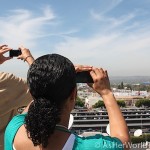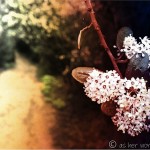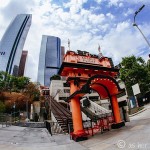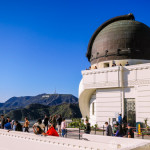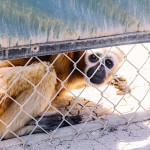The California Science Center is one of many gems in Los Angeles. I hesitate to call it ‘hidden’ because a lot of people know about it, especially as it now hosts the space shuttle Endeavor. But it’s my first time visiting and I’m thrilled to finally check it out.
Also… admission is free. THANK YOU CALIFORNIA for making this accessible to everyone! It’s open every day of the year from 10am-5pm except Thanksgiving, Christmas, and New Year’s Day. There is a charge for IMAX movies but everything else is free.
The Science Center is easily accessible via the Metro Expo Line (get off at Expo Park / USC station). The Expo Line connects to the Red Line at 7th St. Metro station if you’re coming from that way.
All of these photos were snapped on my iPhone… and then later edited on my laptop.

There is a giant rose garden and fountain out front, with lots of benches. Perfect for a picnic.

Inside I make a beeline for the Kelp Forest. I’m a nut for all things underwater and spend an hour poking around these tanks, watching a scuba presentation, and taking photos of nearly every creature.
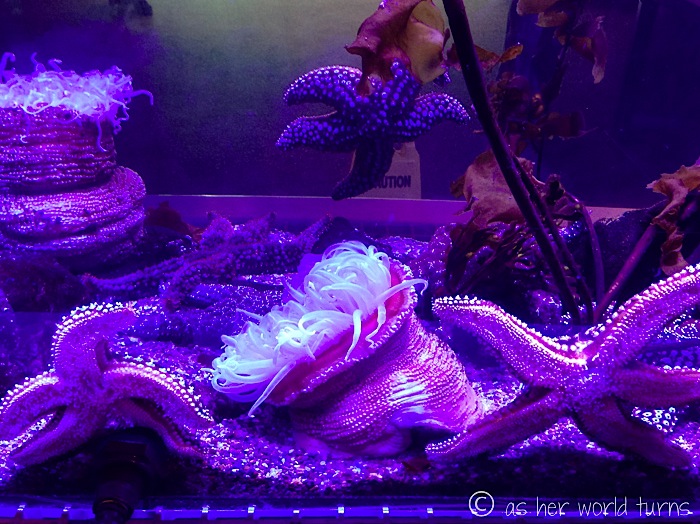
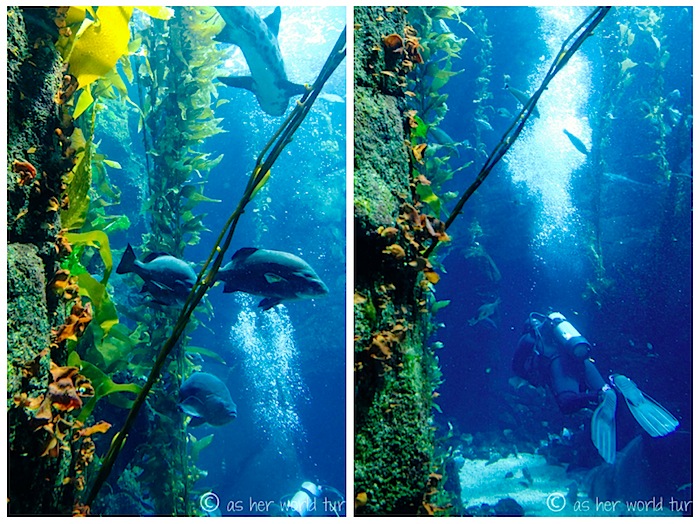

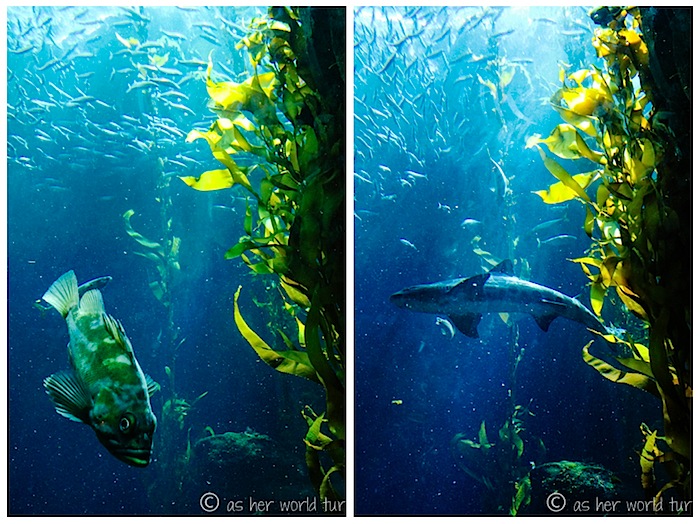

So it’s not the Osaka Aquarium, but I’m still impressed. And happy as a clam to be reunited with these sea creatures, even if a large acrylic wall separates us. I miss my scuba adventures.
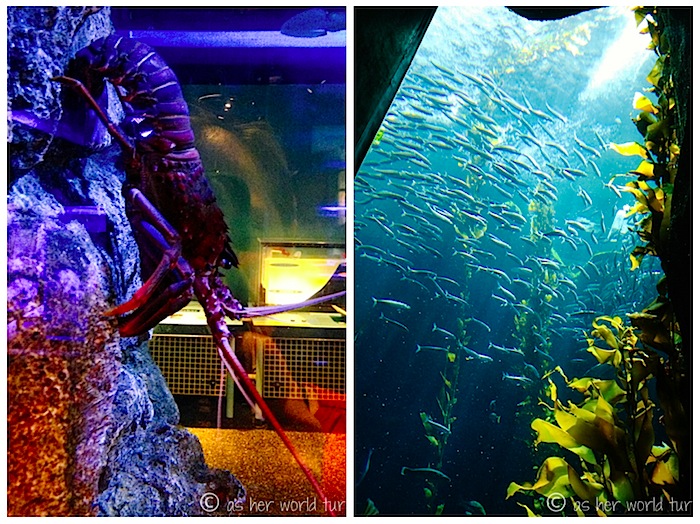
I arrive just in time for the scuba presentation. This set-up is really neat — a diver in the tank is connected with a microphone and listening device INSIDE HIS REGULATOR / SNORKEL MASK so he can communicate with another scientist outside the tank. She leads discussion with the kids (there are lots of school groups in attendance) and then the guy inside can point out specific sea creatures or explain how his scuba gear works. He has to pause every 20 seconds or so to breathe through his regulator. They do a tag-team presentation that has kids of all ages (including big kids like me) totally captivated.

Jellyfish! So many of my favorite things in one exhibit.
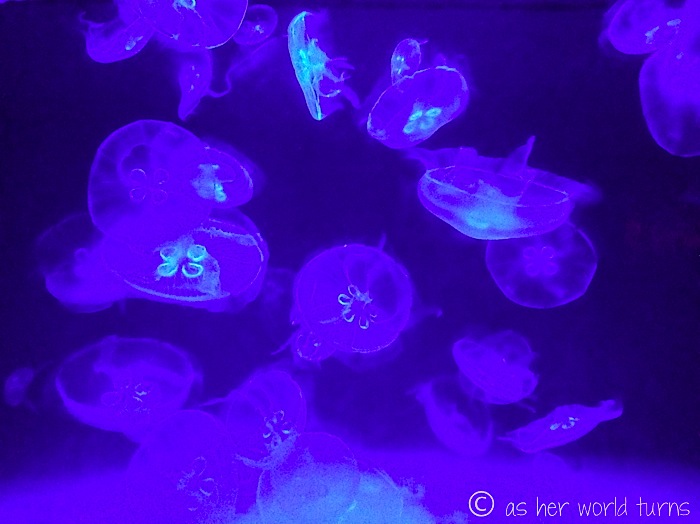
Here’s a pink snail and prehistoric-looking eel:
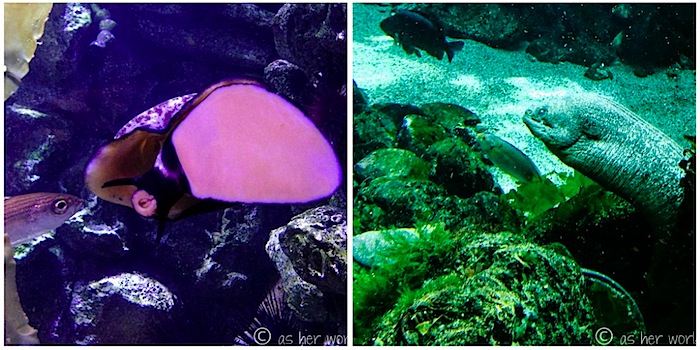

I move on to the Endeavor space shuttle. On weekends and other crowded times (like weekday mornings when school groups pass through) visitors are required to have a timed ticket to enter. But since it’s late afternoon on a Monday anyone can walk inside; it’s blissfully crowd-free.

The last time I saw the Endeavor, it was flying over Los Angeles on the back of a Boeing 747 in September 2012:
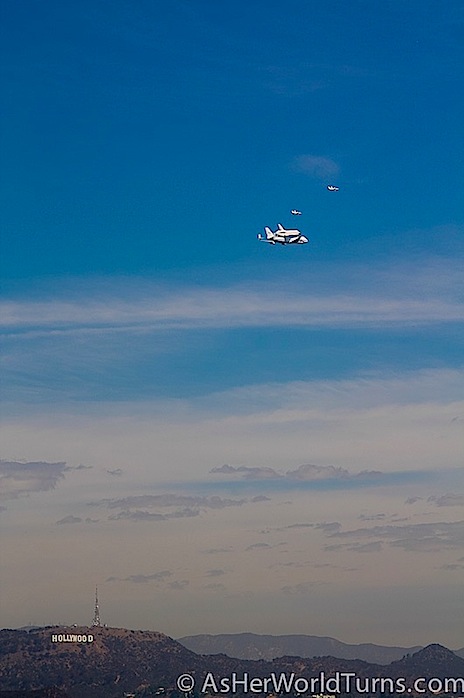
That photo is from an early blog post called Endeavor(ing) to Capture the Shuttle with my Shutter.
A few weeks after that famous flight, the Endeavor rolled through the streets of Los Angeles en route to its new home at the California Science Center. Check out this excellent time lapse video of the 12-mile parade, dubbed “Mission 26” as Endeavor’s final journey.
The Endeavor exhibit is chock-full of info about space exploration, including this historical time line of every mission into space (there have been 135 to date).

This mission in 1991 brought THOUSANDS of jellyfish into space. Can you imagine?!
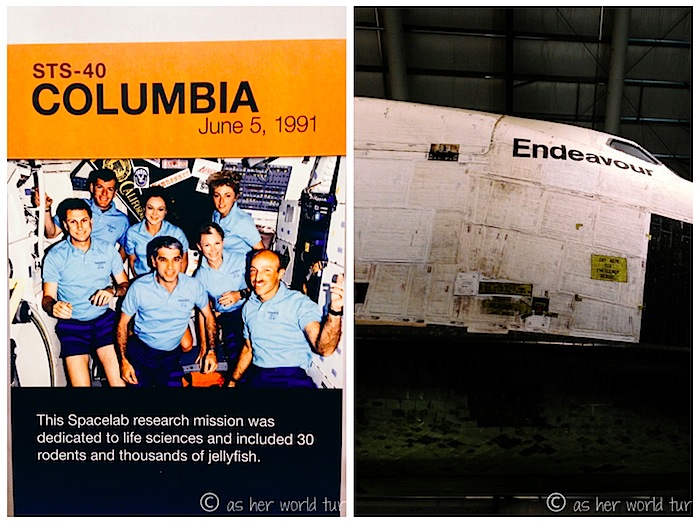

In case there’s an earthquake (a very possible occurrence), the Endeavor sits atop seismic isolators that will keep it from falling.



The space shuttle itself (called an orbiter) is only part of the launching equipment that blasts off from earth. It’s connected to an external tank and two rocket boosters that give it enough energy to propel the shuttle into orbit:
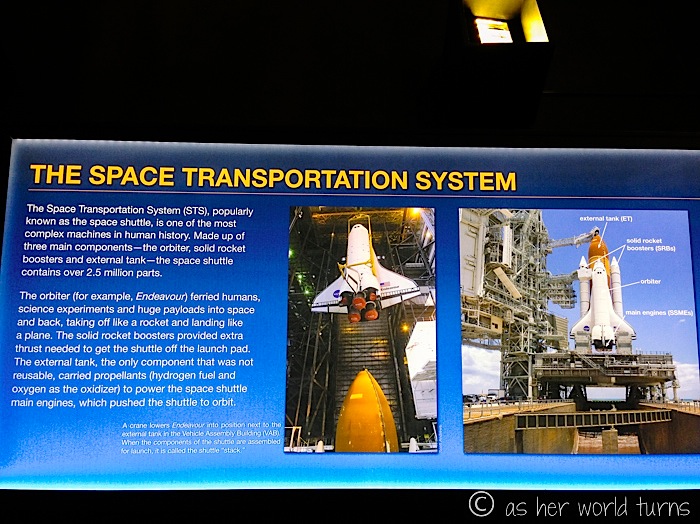
Astronauts zip into sleeping bags lining the shuttle wall to catch some ZZZzzz’s:

Fun fact: Upon reentry into our atmosphere, the Endeavor glided for 5,000 miles before landing — almost the distance between Tokyo and Los Angeles — in 30 minutes.

The tiles and thermal blankets on the exterior keep the shuttle from melting during launch and reentry. As the digital plaque reads above, the tiles are made of silica and are very fragile (you could crush one in your hand)… but they cost $2,000 each.

The model below right shows what the future Endeavor exhibit will look like in several years — it will stand upright next to an external tank and two rocket boosters, on display as it appeared during take-off.
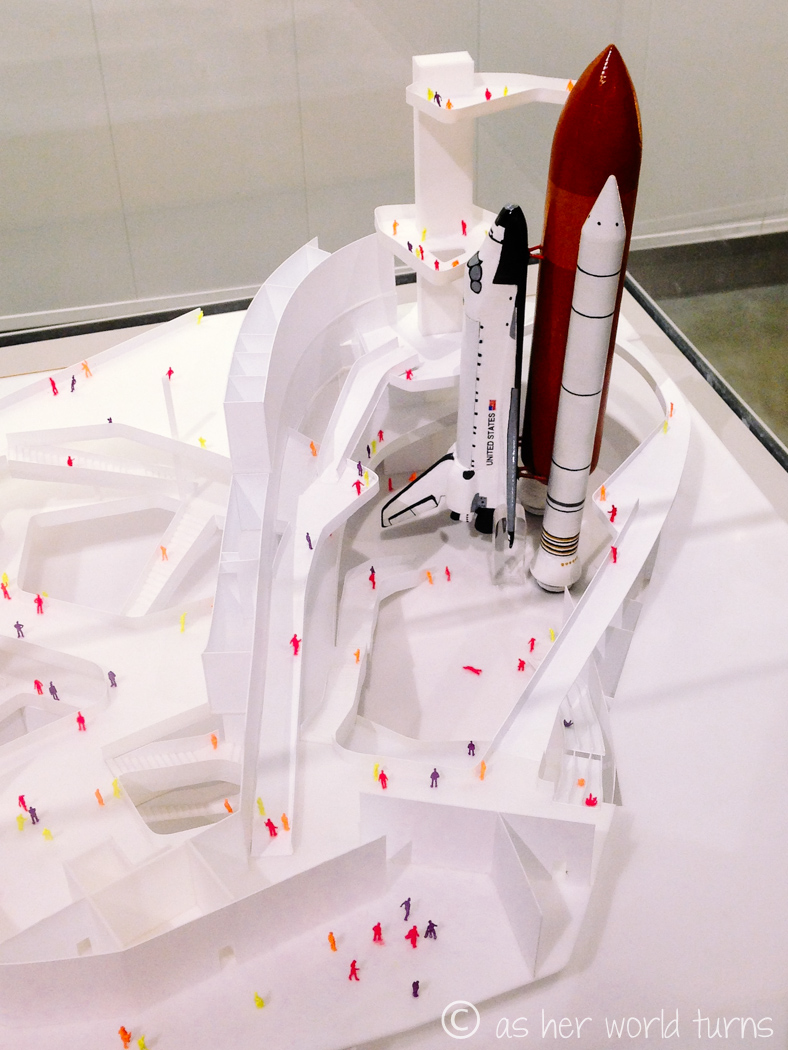 The Endeavor flew its 25th and final mission in 2011, around the time NASA’s shuttle program ended. Here’s the story of how it ended up back home in California, the state where it was primarily built:
The Endeavor flew its 25th and final mission in 2011, around the time NASA’s shuttle program ended. Here’s the story of how it ended up back home in California, the state where it was primarily built:

And here is the most fascinating part of the entire exhibit (in a hall next to the shuttle hangar) — an explanation of how astronauts use the bathroom in space. There’s a whole video and everyone watches with rapt attention. It’s factual but also family-friendly and I laugh at how hard these scientists go out of their way to avoid saying “vagina” when discussing how female astronauts pee in space (they use the nondescript term “anatomy” instead).
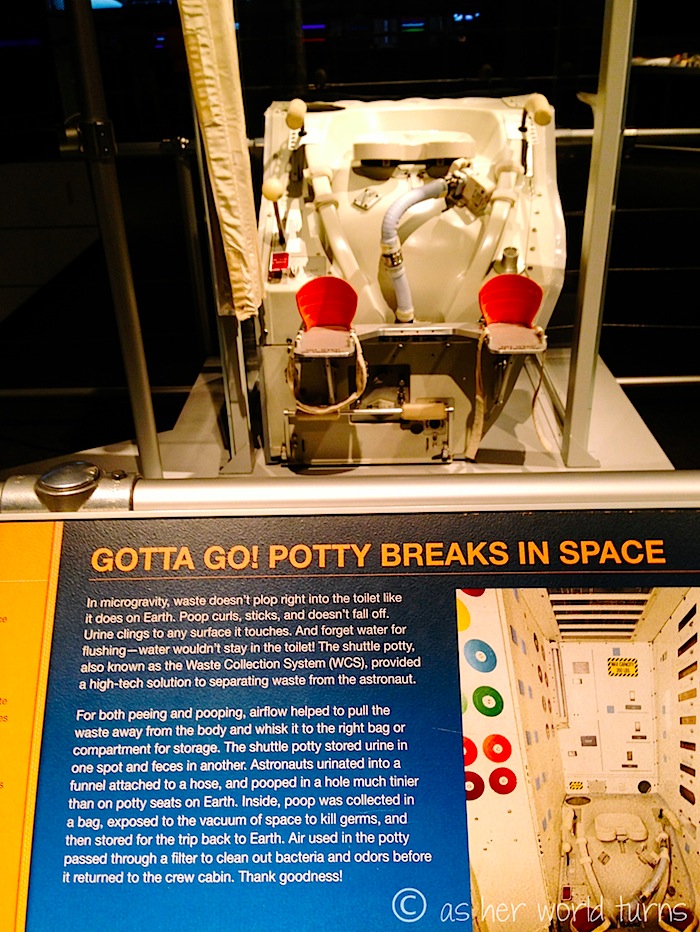
This sweatshirt in the gift shop cracks me up:

There is so much more to explore, but the Science Center closes at 5pm. I’ll have to go back another day to check out more!

